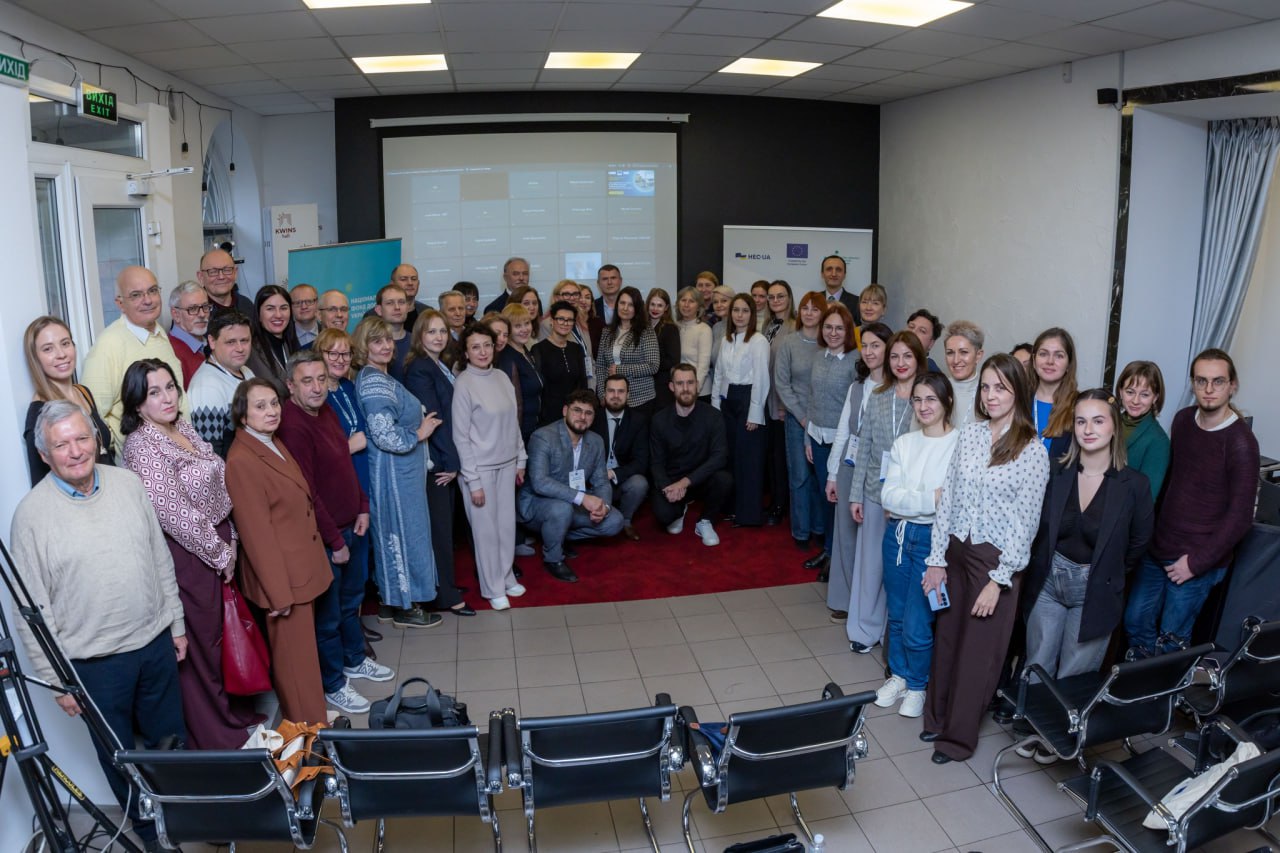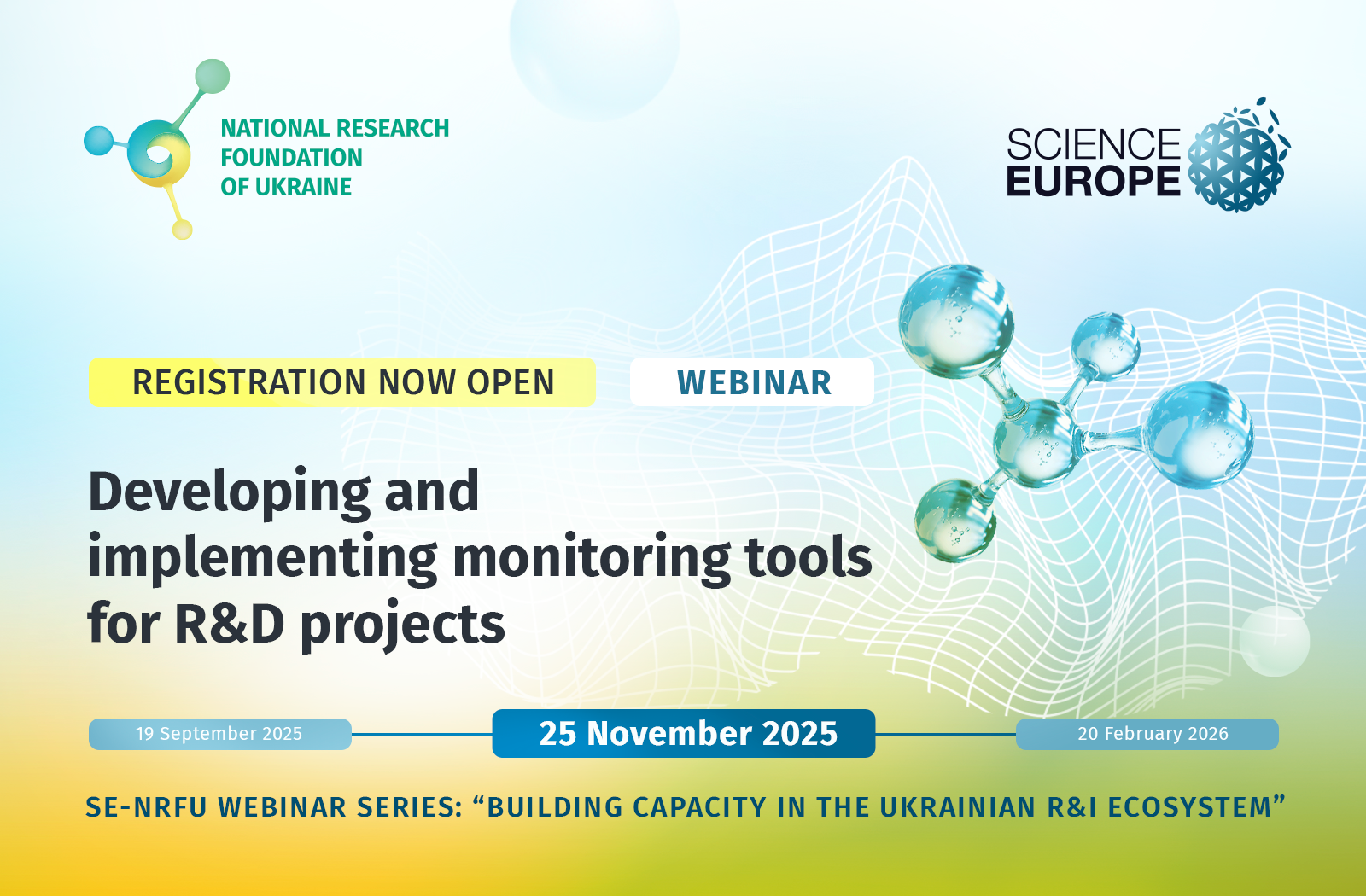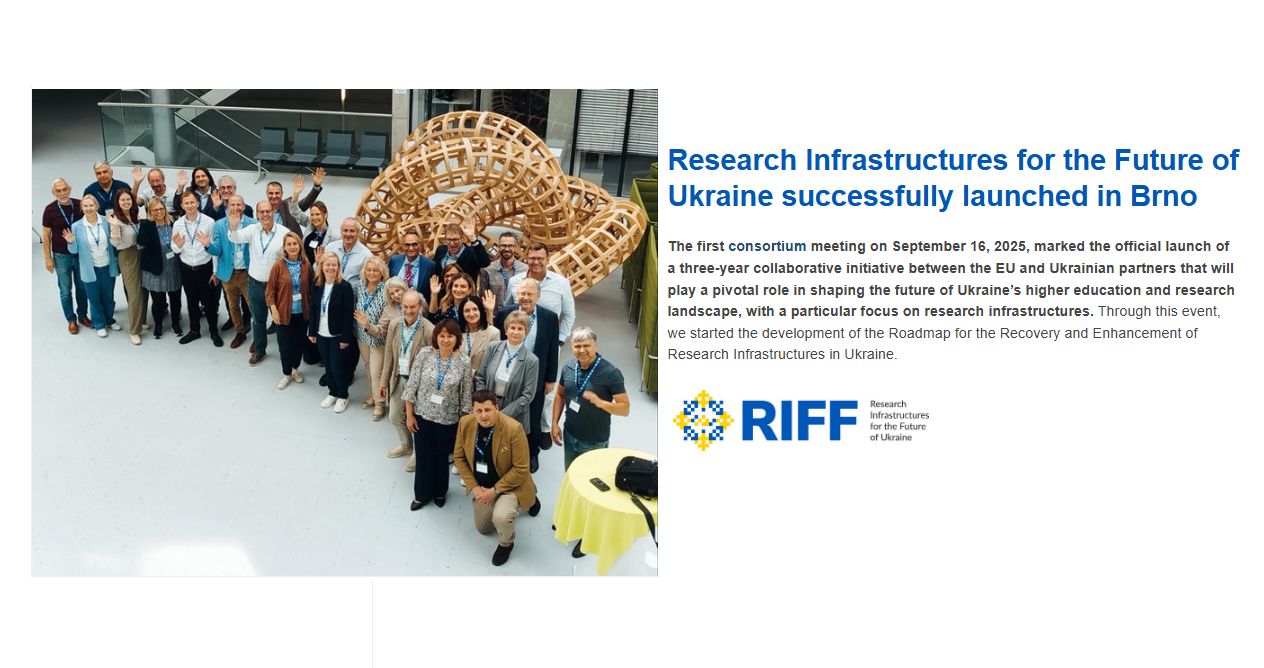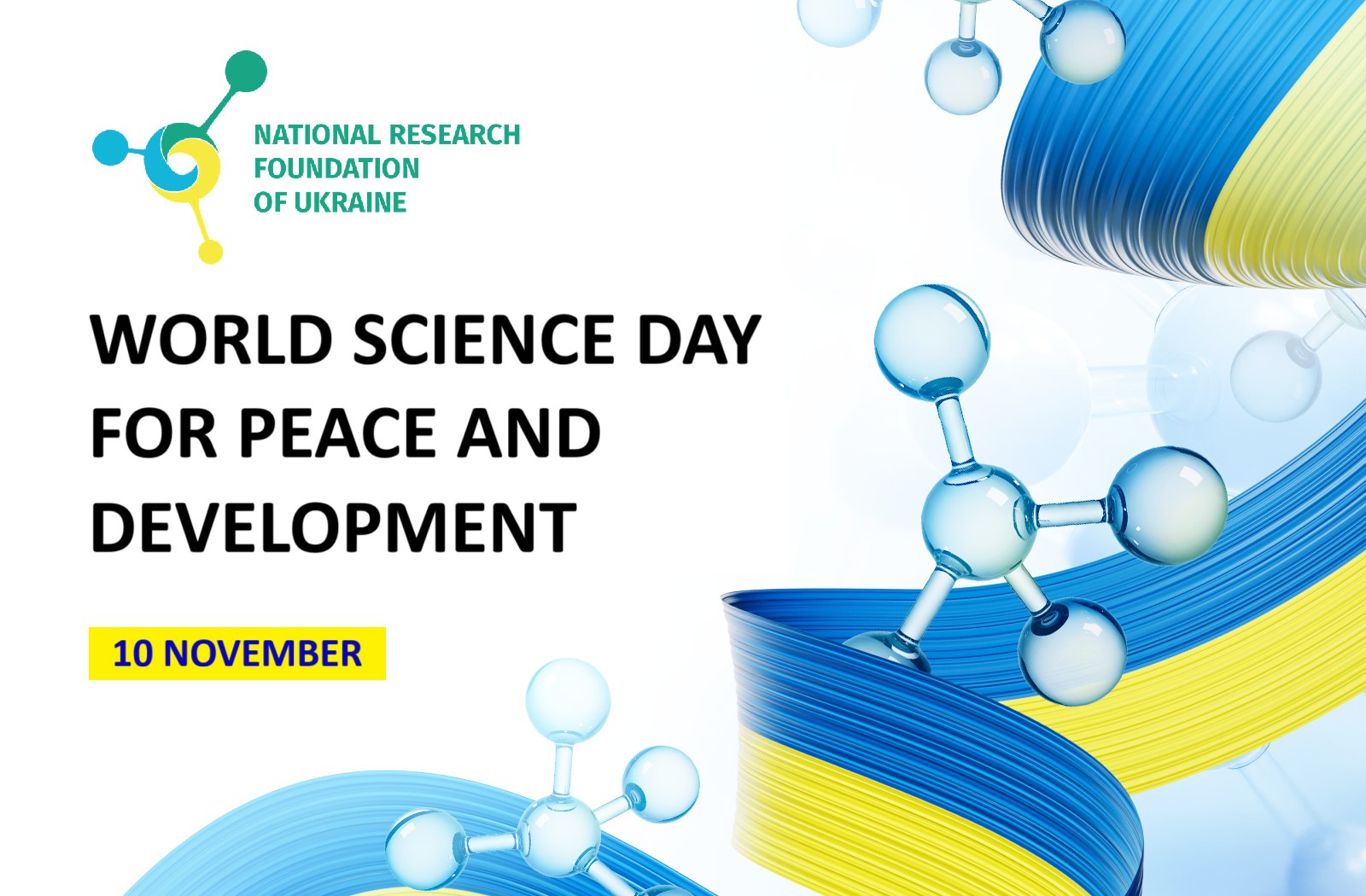Scientists from the Department of Asteroids and Comets of the V.N. Karazin Kharkiv National University are working on searching metal carriers in space. Their project “Metal asteroids: searching of parent bodies of iron meteorites, sources of extraterrestrial resources” won the call “Support for Research of Leading and Young Scientists” and received funding from the National Research Foundation of Ukraine in the amount of about 11 million UAH.
Why is it so important to examine these celestial bodies?
Clarify space history
Supervisor of the project is the Head of the Department of Asteroids and Comets of Kharkiv Astronomical Observatory (and since 2021 Chairman of the International Astronomical Union’s commission for the study of asteroids, comets and trans-Neptunian objects) Iryna Belska.
For the study scientists have chosen M-type asteroids – those that can be metallic in composition. – It was considered before that these asteroids are the remains of iron nuclei of planetary bodies which lost their silicate mantles at collisions – Iryna explained. – But after the first intensive research which joined our team it became clear that large M-type asteroids are not completely metallic. Therefore, the remains of iron nuclei should be sought among smaller objects.
Metal from the Asteroid Belt
Where to look for the right celestial objects?
Studies of iron meteorites that have fallen on the surface of our planet have shown that the melting of matter took place in the embryos of the planets and there are remnants of iron nuclei in the Asteroid Belt. But so far team have not been able to establish genetic links between iron meteorites and their source in the Asteroid Belt. The purpose of their work is to identify the most likely candidates for the parent bodies of iron meteorites, to find out their location, to determine the mechanisms of transition to near-Earth orbits, and to estimate the amount of extraterrestrial resources.
Seven hundred treasuries
During the project scientists analyzed observations and established a new criterion for the selection of M-type asteroids. – Today we know almost all celestial bodies of this type with diameters of more than 8 kilometers – supervisor said. – In total, about 700 asteroids were found. This is the upper “limit” of the amount, because it is known that some M-type asteroids may have a significant silicate component in their composition.
Scientists have already presented intermediate results of their work at the most prestigious annual congresses of the European and American planetary societies.
Experts are using new equipment for the research. High-speed multi-core processors and powerful video accelerators, which significantly reduced the calculation time and increased the accuracy and volume of simulations were purchased by NRFU. – We also bought a modern digital camera for astronomical observations – added Iryna. – This is a big event for us, because the old camera has already exhausted its technical resource. Once the project is completed, the new camera will remain at the Institute and will be useful for future observations of space objects.
The recipe for victory: you should be the best
Complex research and calculations are performed by a team of three generations of scientists. They all are working in the Department of Asteroids and Comets of the Institute of Astronomy. The team consist of leading scientists Yuri Krugly and Vasyl Shevchenko, and also six young scientists: Ivan Slyusarev, Olexii Golubov, Igor Kirilenko, Vlad Unukovich, Olga Mikhalchenko and Sofia Mikhailova. Iryna dreamed about such a symbiosis of astronomers-observers and astrophysicists-theorists for a long time. And the dream came true thanks to the NRFU grant.
We traditionally asked the supervisor what is needed to win the call. – The recipe for victory is very simple – she answered. – You should read carefully the guidelines and evaluation criteria and clearly understand the idea and plan of the project. And the most important is to be the best in your field.
Svitlana GALATA






